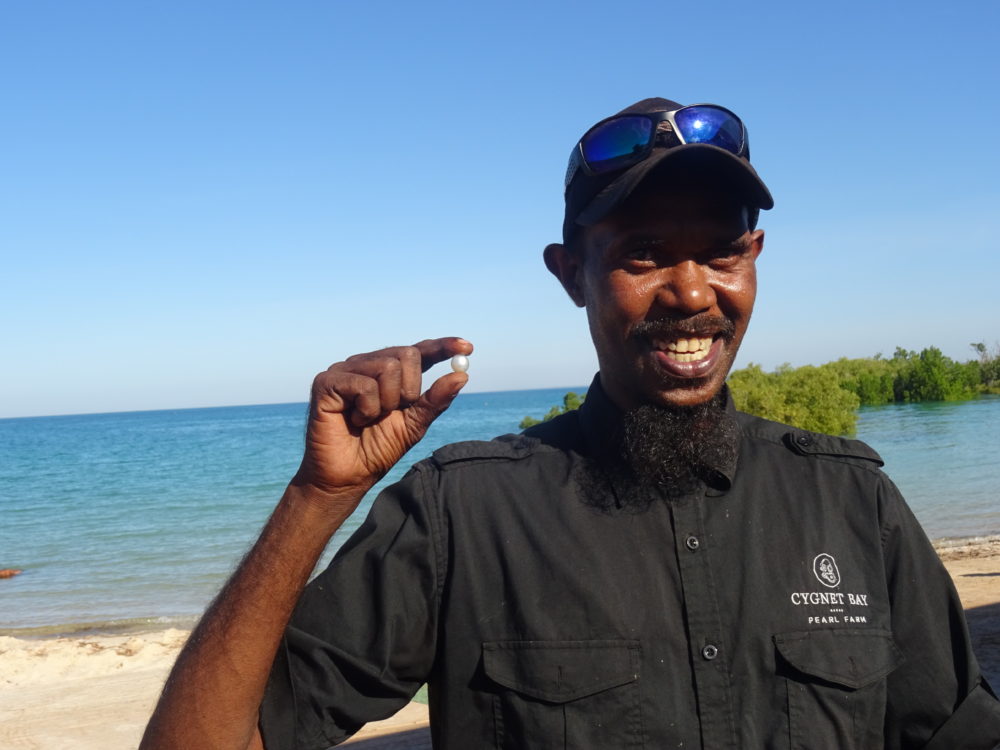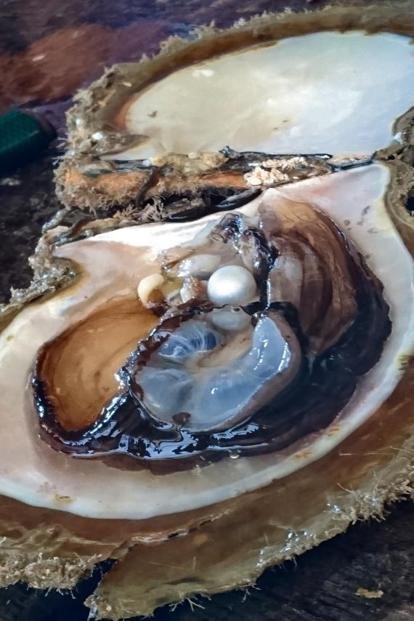By Neena Bhandari
SYDNEY/BROOME/CYGNET BAY (Australia), 23.11.2018 (IPS): Australia’s remote north-western Kimberley coast, where the Great Sandy Desert meets the sapphire waters of the Indian Ocean, is home to the giant Pinctada maxima or silver-lipped pearl oyster shells that produce the finest and highly-prized Australian South Sea Pearls.
Australia is the only country in the world that uses wild oyster stocks. To ensure its sustainability, the pearling industry operates on a government-regulated quota system that sets a maximum number of wild stock pearl oysters that can be caught each year from the Eighty Mile Beach, south of Broome in the state of Western Australia. These wild pearl oyster beds represent the last wild commercial fishery for Pinctada maxima oysters in the world.


